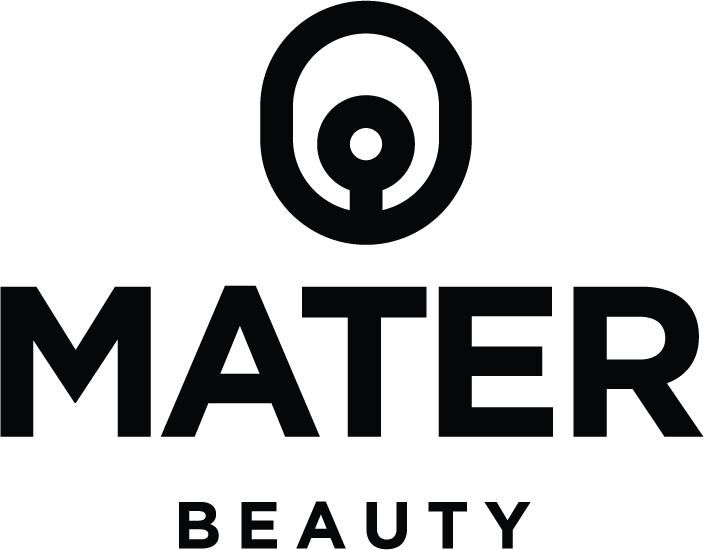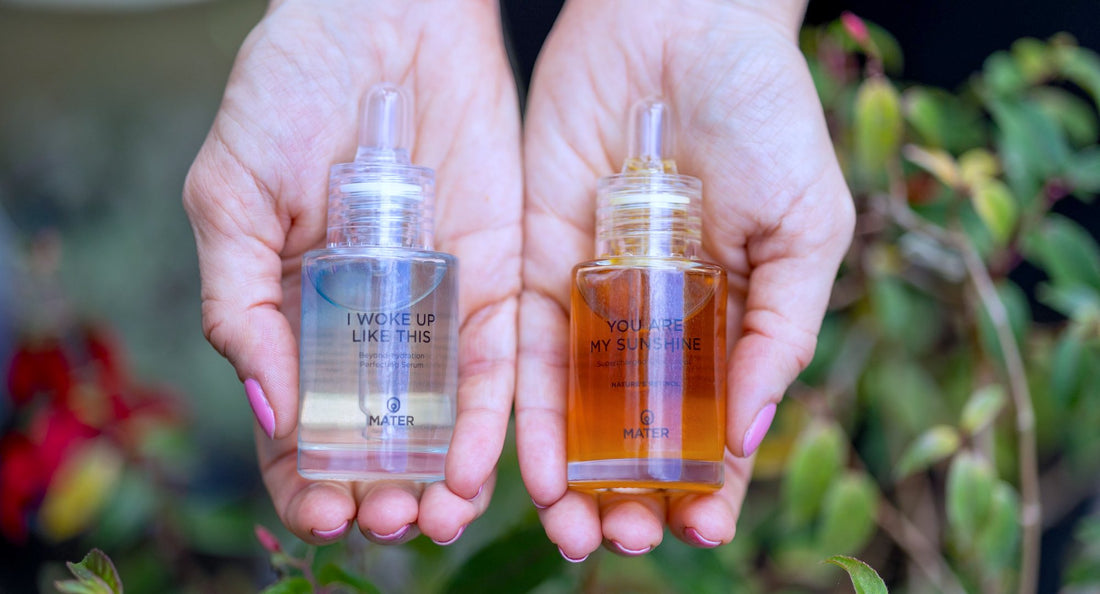So you've gone to the effort and expense to seek out and buy specifically natural skincare, only to find the ingredients listed still read like a chemical soup? Welcome to the world of beauty marketing!
Much like with clean beauty, natural skincare is hugely open to interpretation so it can end up meaning very different things to different people. With most skincare, there is no way to really decipher what their version of "natural" might be, unfortunately even analysing the ingredients list will not give you 100% certainty.

It's natural, so it's made from plants, right?!
First thing worth noting is that natural is sometimes confused for plant-based, and therefore vegan. This is not the case, as many natural ingredients can be of animal origin (squalane, retinol, glycerin - to name a few).
When it comes to marketing, natural sells
The term "natural" in skincare can have various shades of meaning, as there is no official definition or regulatory standard for what constitutes "natural" in the industry and those claiming it don't have to provide any evidence to back it up.
Some companies may label their products as "natural" if they contain some natural ingredients, while others may use the term to mean that their products are made entirely with natural ingredients. In some cases, the term "natural" may be used simply as a marketing tool, with no regard for the actual ingredients in the product!
Why? Because they can, because it's a buzzword that they know consumers love the sound of. Because it sells!
The Five Shades of Natural Skin Care Ingredients

Even if some or all of a product is natural, what is meant by that label would still be impossible to know. There is a concept of "shades of natural" that exists in the formulator community, that was first coined by Formula Botanica (a leading natural cosmetic formulation education institution) and I believe is the best way to explain and understand the issue. Most "natural" ingredients will generally fall into one of five categories from, which could be viewed as being most to least natural:
1. Natural (truly!)
Ingredients that are taken from nature and used in their original form without processing or without changing its chemical form.
For example:
🍃 Picking a mint leaf from the plant and chewing on it to freshen up your mouth.
🥥 Picking up a coconut that fell from a palm tree, chopping it open and drinking the water inside.
🌵 Cutting an aloe vera leaf and rubbing the gel from the cut onto skin.
🥒 Cutting some cucumber slices and putting them onto eyes to de-puff.
2. Natural with some physical processing
Ingredients that are taken from nature and physically processed to be used in a different form from how it's found in nature.
For example:
🍃 Picking mint leaves from the plant and distilling essential oil from it.
🥥 Picking up a coconut that fell from a palm tree, chopping it open, grating the flesh and making coconut milk with from it.
3. Naturally derived, chemically processed
Ingredients that are taken from nature and both physically and chemically processed to be used in a very different form from how they're found in nature.
🥥 Processing coconuts to smithereens to produce a wide range of surfactants.
🌴 Oil palm fruit, after being physically processed into oil, is also chemically processed into a huge variety of ingredients for the beauty and food industry.
4. Nature identical
Ingredients that do not come from nature, BUT their chemical structure is identical to an ingredient that is found in nature.
🍋 Citric acid used in cosmetics and food is derived synthetically in a lab, rather than from lemon peels.
🍊 Vitamin C in face serums is also synthetically derived in a lab, rather than extracted from natural sources.
🧴 Retinol, while it can be made from natural sources, is most often synthesised chemically.
5. Natural, but made to mimic a synthetic structure
Yes, this one is interesting! Originally natural ingredients are sometimes chemically processed for their structure to resemble a synthetic ingredient - for example glycols being made from plant sugars.
Why? Because of the consumers' love for all things natural!
As you can see, each of these "shades" is further and further away from what you might think of as "natural", but...
Does skin even care about which shade of natural it's getting?
Frankly - no.

Skin can't tell what the origin of what you put on it is. It only recognises chemical / molecular structures of what is applied to it, and those don't give away the provenance.
Contrary to what our romantic nature may like us to believe, when comparing a truly natural ingredient, and one that is nature identical but of synthetic origin, they are truly identical on a molecular level.
In truth, whether your skincare is natural or not makes more of a difference to how you feel about it, than how your skin reacts to it. The main thing that makes a difference to your skin is that it's well formulated (to be effective and safe) and well preserved to ensure we're not introducing any unwanted germs.
In summary...
As you can now see, there are different ways of looking at the term natural and what it actually means in skincare when you remove the marketing hype. What matters is that if this is something you feel strongly about, you need to dig a bit deeper, ask questions, and look behind the curtains.
That's why MATER is opening up transparency about the origin of each ingredient used in our skin serums and solid hair care bars. You can find out more in the Ingredient Dictionary both about the function of the ingredients, as well as their Shade of Natural rating.
Whatever you decide, don't forget to monitor how your skin, scalp or hair reacts to whatever you choose because, as the saying goes, the proof is in the pudding!

